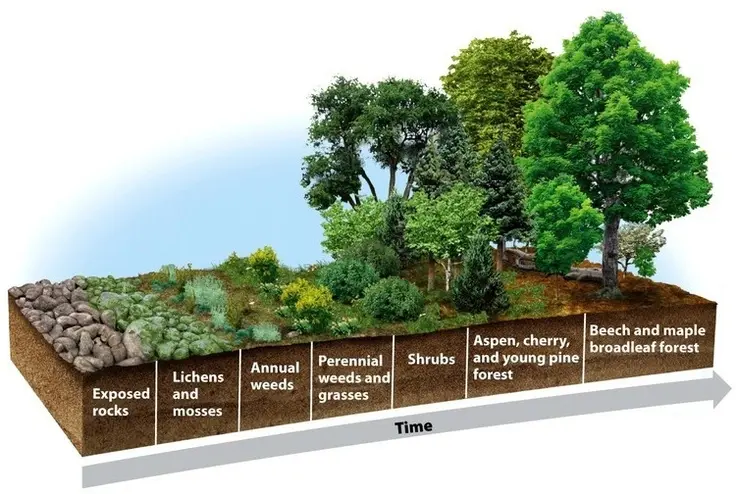Biotic Interaction
- Naveen Kumar
- Jul 31, 2024
- 3 min read
In ecology, a biological interaction is the effect that a pair of organisms living together in a community have on each other. They can be either of the same species (intraspecific interactions) or of different species (interspecific interactions). Biotic interaction between organisms is fundamental for the survival and functioning of an ecosystem and it determines the sustainability of the ecosystem.

Types of Biotic Interaction
Parasitism
It is a type of interaction between two species that results in damage and harm to one member and benefit to another member.
As in the case of the tick-host relationship, the tick gains benefit by sucking blood while the host is harmed as it loses blood.
Ticks, lice, and mites are external parasites while tapeworms, roundworms, etc. are an example of internal parasites.
The life cycle of a parasite is quite complex; they need hosts (most the parasites make host weak and vulnerable to predation) and vectors in order to complete their life cycle, as in the case of a malarial parasite which requires a vector (mosquito) to spread to other hosts.
Commensalism
In this type of relationship one species benefits without affecting the other.
Barnacles growing on the back of whales, orchids growing as epiphytes on some mango branches, cattle egrets and grazing cattle in close association, Sea anemones, and clownfish are some of the classic examples of Commensalism.
Mutualism
In this type of relationship both the partners benefit from one another.
When similar interaction occurs within a species, it is known as cooperation.
Examples- Rhizobium a bacterium that is found at the root nodules of a leguminous plant is a good example of Mutualism. In this relationship, the plant supplies the water, minerals, and food to the bacterium while Rhizobium fixes the atmospheric nitrogen that is used by the plant.
Lichens is a mutual relationship between algae and fungus. In this mutual cooperation, fungus gives protection and raw material for the preparation of the food while Green Algae synthesizes the food for both.
Pollination is also an example of Mutualism, as the pollinator gets the nutrition/food (nectar, pollen) from the plant, and the plant gets its pollen transferred to other flowers for cross-fertilization thus helping the plant to reproduce similar kinds of species.
Saprophytism
In this kind of biotic interaction, certain organisms live on dead and decaying organic matter.
Dung Beetles, Vultures, Fungi, Bacteria, and Protozoa are examples of Saprophytism.
Predation
In this type of Biological interaction, a predator feeds upon its prey, and in this type of relationship; one species is benefitted while the other is harmed.
Although the predator may or may not kill its prey, the act of predation often results in the death of its prey, and the tissues of the prey are eventually consumed by the predator.
Example- An interaction between a Lion and a Deer results in predation.
Sometimes a species can act as both a prey and predator. Like in the case of a snake, it becomes prey to a hawk while acting as a predator with a frog.
Competition
In this type of interaction, both species compete with each other for resources like food, shelter, and mating, and both species get harmed out of the process of competition.
Two species consume the same kind of resources and due to the limited availability of resources conflict arises between them Competition may also occur between two different species like Trees, shrubs, and herbs competing with each other for water, light, etc.
Competition leads to the elimination of the less fit or the weaker species from the ecosystem (Survival of the fittest by Darwin).

Amensalism
In this relationship, one species is harmed while the other is neither harmed nor benefitted and remains unaffected.
When an organism excretes the chemicals as a part of the normal metabolism of its own, but which may severely impact other nearby species, this kind of relationship is seen.
Example- A large tree inhibits the growth of small plants lying nearby due to its shades, while small plants have no effect on the large tree.



